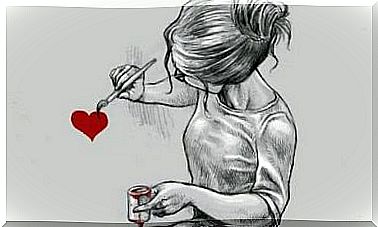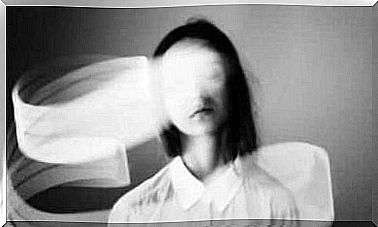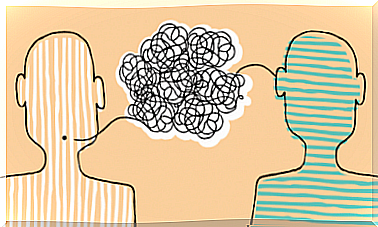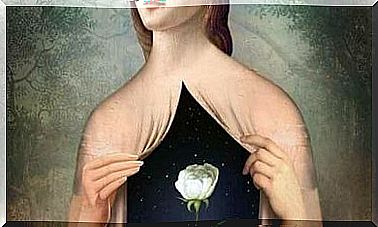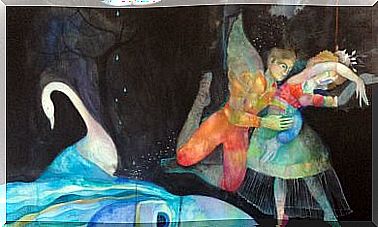Milton Erickson And Hypnosis
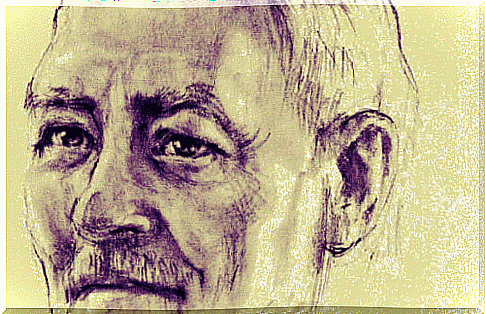
Milton Erickson is considered the founder of modern hypnosis. This is now also known as hypnotherapy. This American doctor and psychologist contributed to the first developments of all kinds of hypnotherapy techniques. On top of that, he was also a great family therapist.
Milton Erickson was born in Phoenix, Arizona in 1901. Around this time, people thought that hypnosis was a technique meant for a specific subgroup. Some even thought it was a circus act. Still, Erickson did everything he could to make hypnosis a true therapeutic tool.
Several schools of psychology – especially behaviorism – influenced Erickon’s work. He was also the first president of the American Society of Clinical Hypnosis (the American Organization for Clinical Hypnosis). This also contributed to his eventual celebrity.
The Origin of Milton Erickson
Milton Erickson didn’t have an easy life. His parents were low-class farmers and he himself suffered from a number of health problems. He didn’t start talking until he was 4 years old. Around that time, he was also diagnosed with dyslexia. In addition, he was color blind and suffered from tone deafness.
When Erickson was 17, he contracted polio. This is a nervous disease that paralyzed him completely. He could only move his eyes. Even though his doctors believed his condition would not improve, Erickson insisted he would get better. In time he learned to pay close attention to his physical sensations.

We can say that his condition forced him to become a great observer. No matter how sick he was, he always tried to be aware of what was happening around him.
This allowed him to notice all kinds of aspects of non-verbal communication. By observing his youngest sister as she took her first steps, Erickson learned to walk again.
Milton Erickson’s Schooling
Despite the great obstacles Milton Erickson encountered, he followed the necessary training as a doctor and psychologist. During this period he analyzed Clark L. Hull’s theory of the influence of suggestions.
He stated, among other things, that people under hypnosis were more open to suggestions than people who were not under hypnosis. This fascinated Erickson so much that he began to thoroughly investigate hypnosis and everything related to it.
Eventually, however, he began to criticize Hull’s demeanor. He also began to study Sigmund Freud’s well-known and lesser-known works, but found that he disagreed with many of them. Erickson believed that hypnosis was a therapeutic tool. However, he also felt that the patient should play a more active role in this.
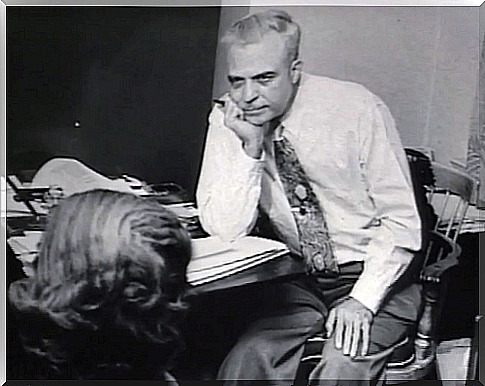
Milton Erickson and Modern Hypnosis
Therapeutic intervention was not universal in Milton Erickson’s view. He did not believe that treatments could be applied in a fixed way to every patient. On the contrary, he emphasized the importance of uniqueness and individuality.
This explains why he believed that every process was different and therefore deserved a specific approach. In other words: he applied specific techniques for each patient.
Erickson’s primary goal was to help his patients cope with the symptoms that bothered them. He used rather unorthodox means to achieve this. Therefore, he was seen by many as a “guru” or a “magician.”
Unlike Freud, Erickson cared little for his patients’ pasts. He thought it was more important to focus on the present and solve problems that mattered now.
He developed approaches that are still used today, such as neurolinguistic programming and transient therapies aimed at problem-solving skills.
Other contributions
Although Erickson mainly used hypnosis as a therapeutic tool, he gradually began to use language as a transformative tool.
Anyway, Milton Erickson was primarily a practicing clinical psychologist. Developing new theories did not interest him much. Rather, he focused on developing the most effective ways to help others.
At the age of 50, his health deteriorated due to polio. Yet he decided to take advantage of this too by analyzing the sensations that accompanied it.
In addition, he devoted himself to studying methods of managing pain. In fact, he documented this entire process in one of his books before he passed away at the age of 78.
